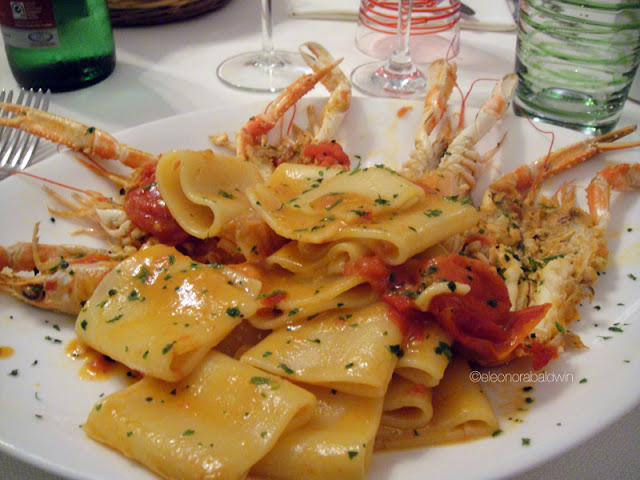Panna Cotta is a silky, light textured dessert from Northern Italy. It is served chilled and usually drizzled with wild berry sauce, caramel or melted dark chocolate.
The name literally translates to, "cooked cream," it's ridiculously easy to make and can be prepared up to two days ahead, as long as kept well-covered and chilled. Some suggest to actually make ahead for added flavor.
To impress your guests with authentic panna cotta, here's what you need to do with:
500 ml (2 cups) heavy cream
1 1/2 tsp. unflavored gelatin (I find it in sheets. I use 3, the equivalent of 6 grams)
150 g (3/4 cup) confectioner's sugar, sifted
1 tsp. vanilla extract
Ramekins, parfait or custard cups, muffin pans, Martini glasses, or shot glasses
Heat the heavy cream and sugar in a saucepan. Once the sugar is dissolved, remove the saucepan from the stove, and stir in the vanilla extract. Purists can on the other hand scrape the inside of a vanilla bean.
Soak the gelatin in a medium bowl with cold water for 5-10 minutes.
Pour the hot cream mixture over the gelatin, and stir until dissolved. If you're using sheet gelatin, first soften the sheets in 4 cups of cold water for 5-10 minutes. Wring the sheets out, discard the water and stir the softened sheets into the hot panna cotta mixture, whisking until blended.
Pour the mixture in individual serving containers, cover with plastic wrap and refrigerate for about 4 hours or until set.
When ready to serve, dip the bottom of each container into a bowl of very hot water for a few seconds. Place a serving plate on top and turn over to easily dislodge.
Decorate your panna cotta with mint leaves and either a thin raspberry coulis, warmed caramel sauce or melted dark chocolate.
If you're in a rush, pour the panna cotta mixture into Martini goblets so you can serve them without unmolding; sprinkled with only a few chocolate shavings and a dash of cinnamon.
























